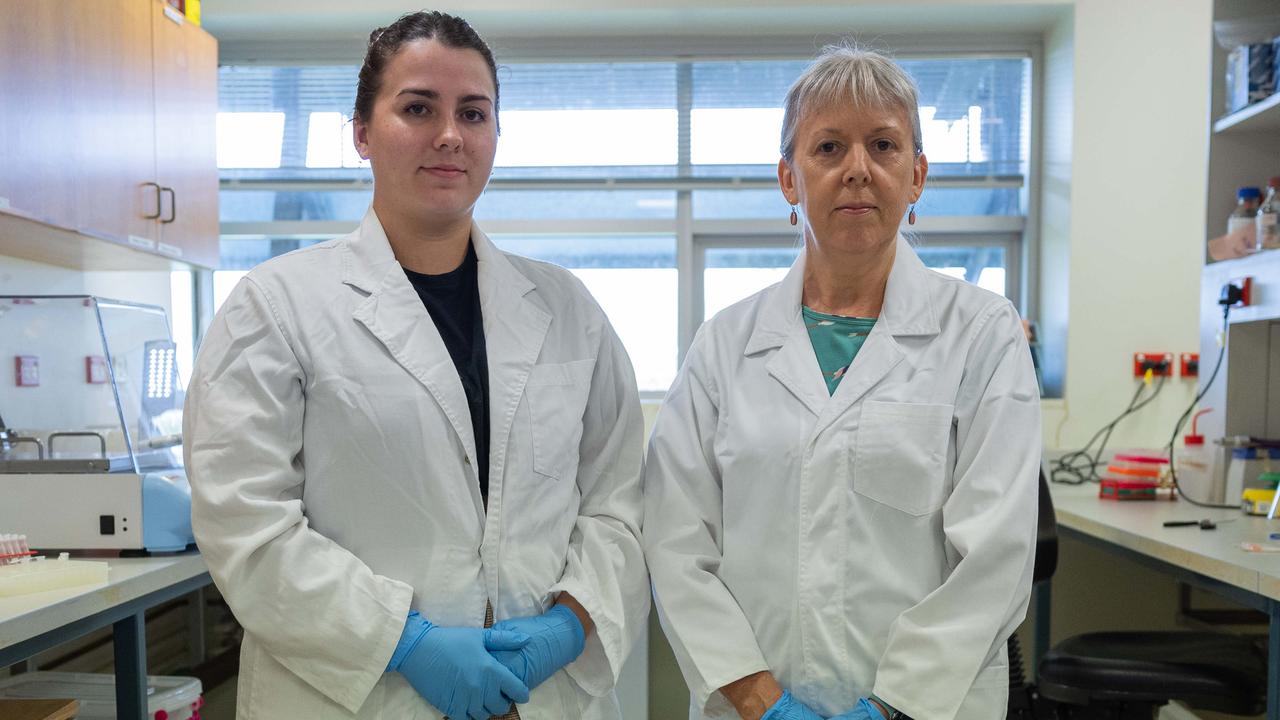Why new $20m Jabiru Health Centre’s renal facilities are unlikely to be used anytime soon
Despite this West Arnhem community having some of the highest rates of kidney failure in Australia, its new renal facility sits dormant amid a funding crunch and difficulties in returning home faced by former locals on dialysis.
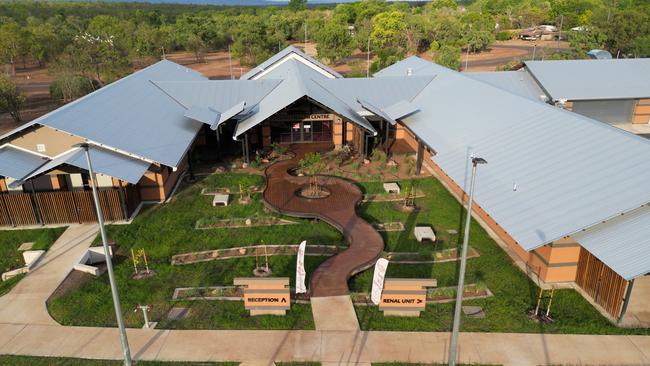
News
Don't miss out on the headlines from News. Followed categories will be added to My News.
Red Lily Health, the Aboriginal community controlled health organisation that took over operations of the new $20m Jabiru Health Centre in September, says it will be a long road before their renal facilities can be fully used amid a funding shortfall.
The old clinic was given a spruce up as part of the $400m-plus Jabiru Masterplan put forward by Gundjeihmi Aboriginal Corporation, representing the Mirarr traditional owners, in 2018 as part of the township’s transition from mining dependency to a tourism-based economy.
One of the new clinic’s major selling points was its four-chair renal room.
However, according to Red Lily sources, the renal room is yet to be used and is unlikely to see major uptake anytime soon, despite Kidney Health Australia previously finding Jabiru was a national hotspot for kidney failure.
This is because the renal room, at current funding levels, can only cater to patients who have been trained to self-dialyse.
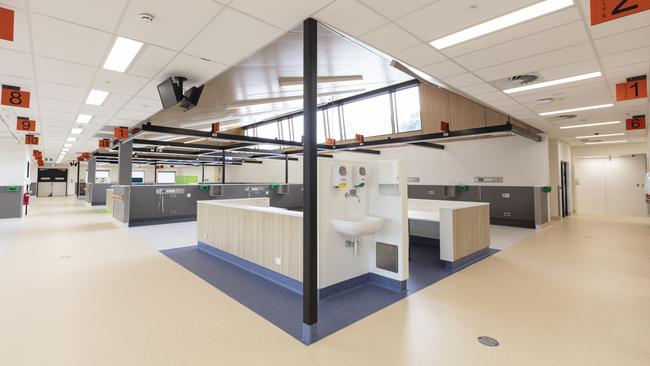
The sources said this was perhaps not made clear enough when the former NT Labor government spruiked the project.
“We were very aware it was a ‘renal ready room’, but when it came to [some of the NT Government] rhetoric and communiques and community meetings, they never mentioned that, they just said it was a renal room for dialysis,” a Red Lily source said.
“We tried vainly for 12–18 months before the centre opened to work with the [NT Health] renal unit to identify people who might be eligible to go out to Jabiru.
“We foresaw this being a problem.
“We believe, along with Purple House [an Alice Springs-based ACCHO that offers dialysis], that in remote communities self-dialysis is great as an option, but it’s not really what’s needed; you need to have assisted dialysis.”
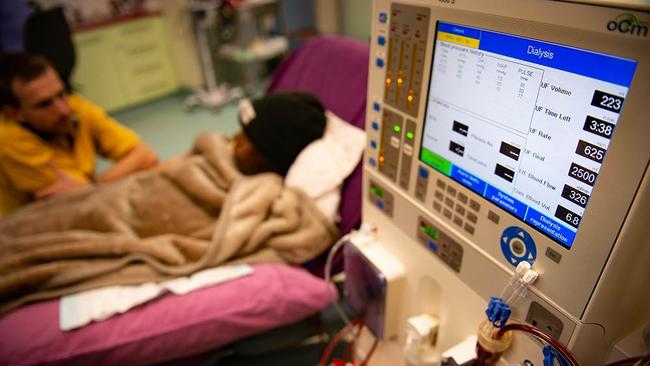
The source said in practice, many of the Jabiru residents who moved to Darwin to be closer to the Nightcliff renal unit now have nowhere to live back in West Arnhem.
“A lot of local people have been in Darwin for many years; they’ve lost their house for one reason or another, so they’re resigned to staying in Darwin,” he said.
“The only way it’s going to work really is for any newly-diagnosed renal clients to be told from the get-go self-dialysis is available at Jabiru, would you be interested in doing the training.”
The source said Red Lily is unable to afford its own renal nurse for assisted dialysis as Jabiru is not eligible for Medicare seed funding to establish the service because it is not remote enough.
Red Lily CEO Brad Palmer said the ACCHO had struggled to correct the “miscommunication” that Jabiru Health Centre would be a one-stop dialysis shop.
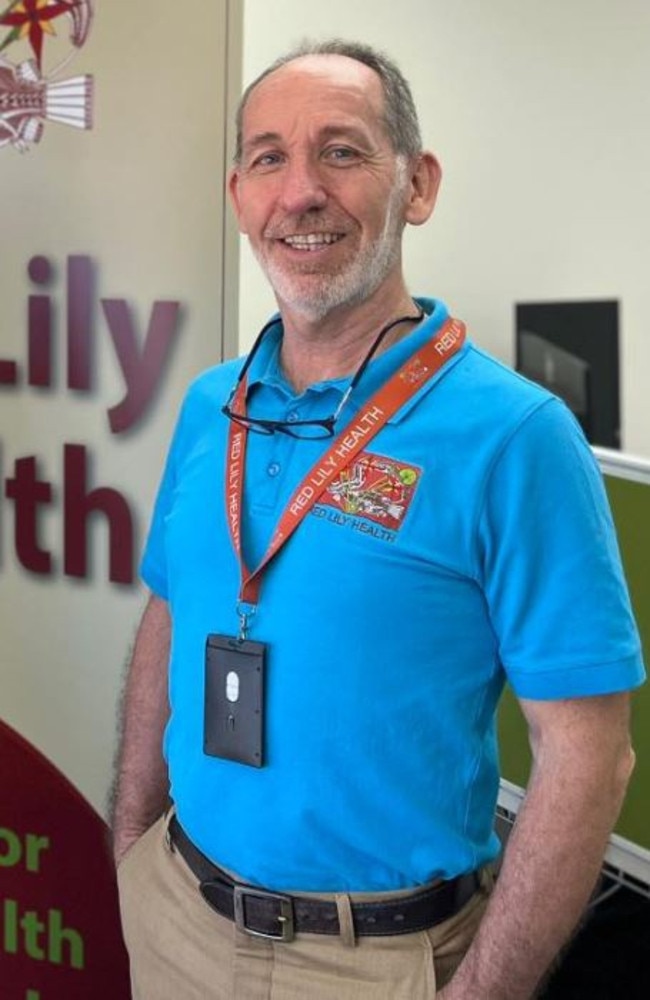
“It hasn’t been helped by official communications going out in the community suggesting dialysis will commence at the time of transition,” Mr Palmer said.
“What has been funded by the government is self-dialysis.
“NT Health is ready and willing for people to do self-dialysis, but our understanding is not many community members have been keen to undertake training.
“We could be a lot more proactive if we had access to funding that would support assisted dialysis.”
Both Mr Palmer and the other Red Lily source said funding is extremely tight for Jabiru Health Centre at the moment, but the source said he expected that to ease once operations ramped up, as Red Lily would have access to 100 per cent of the Medicare rebates for services it performs.
The funding crunch is not helped by the fact Red Lily has been unable as yet to source a full-time GP for Jabiru – Red Lily Health has been paying market rates for locums.
NT Health declined to comment.
The future $20m redevelopment of Gunbalanya Health Centre will run into exactly the same problem as Jabiru – the renal facilities will only be funded to offer self-dialysis, requiring patients to be comfortable with self-dialysis, healthy enough to perform it themselves, and able to secure accommodation back in the community.
Gunbalanya is perilously overcrowded, with an average of 5.2 residents per dwelling, according to census data.
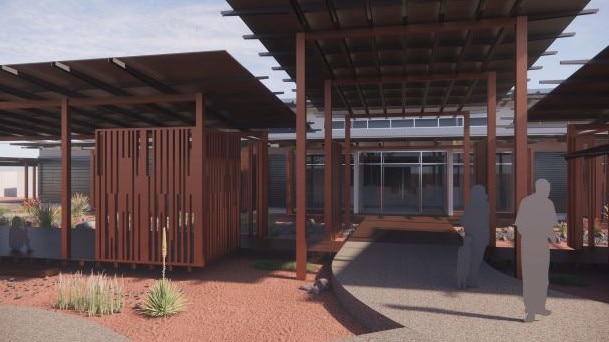
A 2016 Menzies School of Health Research study on behalf of the commonwealth Department of Health found that by and large, self-dialysis did not suit the preferences or circumstances of Aboriginal renal patients.
“The NT Department of Health has invested considerable funding and resources to support community-based self-care dialysis,” the study noted.
“Uptake of self-care has not met expectations and the use of sites fluctuates according to patient health and personal preference for treatment.
“At the time of this report, seven patients at four sites were undertaking self-care haemodialysis – the same as in 2009.
“Consequently a significant amount of community infrastructure for self-care dialysis is under-utilised.”
More Coverage
Originally published as Why new $20m Jabiru Health Centre’s renal facilities are unlikely to be used anytime soon




